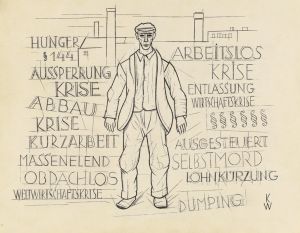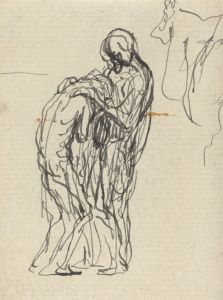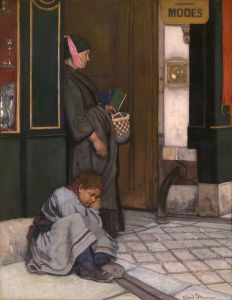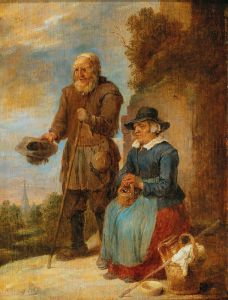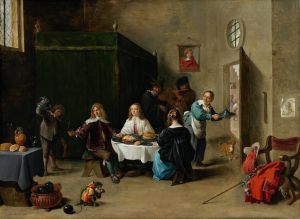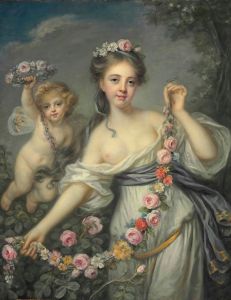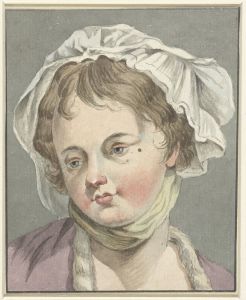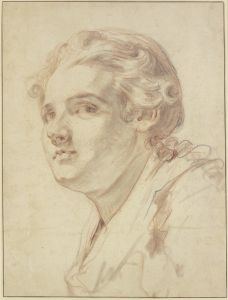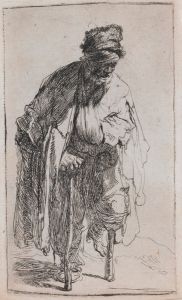
In einer Schmiede fleht ein Weib mit zwei Kindern einen Mann an
A hand-painted replica of Jean-Baptiste Greuze’s masterpiece In einer Schmiede fleht ein Weib mit zwei Kindern einen Mann an, meticulously crafted by professional artists to capture the true essence of the original. Each piece is created with museum-quality canvas and rare mineral pigments, carefully painted by experienced artists with delicate brushstrokes and rich, layered colors to perfectly recreate the texture of the original artwork. Unlike machine-printed reproductions, this hand-painted version brings the painting to life, infused with the artist’s emotions and skill in every stroke. Whether for personal collection or home decoration, it instantly elevates the artistic atmosphere of any space.
Jean-Baptiste Greuze's painting In einer Schmiede fleht ein Weib mit zwei Kindern einen Mann an (translated as In a Smithy, a Woman with Two Children Pleads with a Man) is a work attributed to the French artist known for his genre paintings and moralistic storytelling. Greuze, active during the 18th century, was a prominent figure in the Rococo and early Neoclassical periods, celebrated for his ability to depict emotional and dramatic scenes that often conveyed moral lessons or explored themes of family, virtue, and human suffering.
This particular painting portrays a poignant scene set in a blacksmith's workshop. A woman, accompanied by two children, is shown pleading with a man, presumably the blacksmith, in an atmosphere charged with emotion. The composition reflects Greuze's characteristic focus on human expressions and gestures, which he used to evoke empathy and communicate the narrative without the need for elaborate backdrops or excessive detail. The setting of the smithy is rendered with a sense of realism, emphasizing the contrast between the harsh, industrial environment and the tender, emotional interaction between the figures.
Greuze's works often resonated with the moral and social concerns of his time, aligning with the Enlightenment ideals of virtue, family values, and the critique of societal injustices. While the exact narrative of this painting is not explicitly documented, the scene likely reflects themes of desperation, familial bonds, or a plea for assistance, which were common motifs in Greuze's oeuvre.
The painting exemplifies Greuze's skill in combining technical precision with emotional depth, making his works accessible and relatable to a wide audience. His ability to capture the subtleties of human emotion contributed to his popularity during his lifetime, although his reputation declined in the 19th century before experiencing a revival in modern art historical studies.
Further details about the painting's provenance, current location, or specific historical context are not readily available. As with many of Greuze's works, the focus remains on the universal human experience rather than a specific historical or literary reference.





